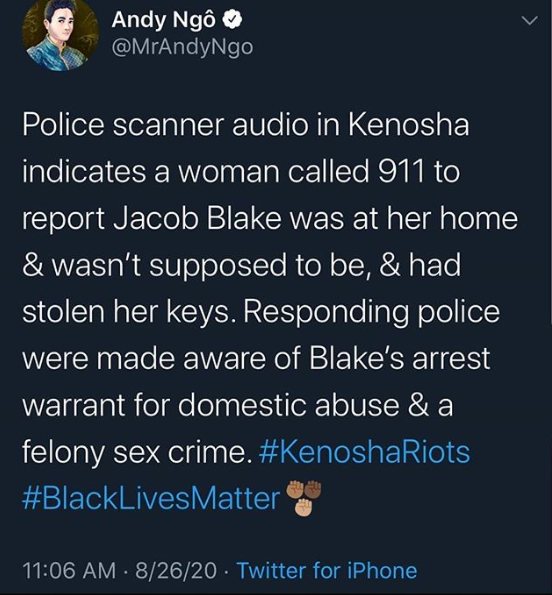Nine months before Big Basin Redwood State Park suffered its worst fire in recorded history, one of the park’s environmental scientists gave a podcast interview revealing that a prescribed burn had not taken place within the park in three years.
“Does that raise your anxiety at all about the potential for something catastrophic?” asks Peter Jordan, a docent who created the podcast “What the Docents Know” to give the public a deeper understanding of Big Basin.
Sixteen uncomfortable seconds pass — an eternity in radio — during which the scientist, Portia Halbert, can be heard sighing and swallowing (jump to 21:00 of episode 3 to listen). According to Jordan, who was with Halbert in her office, she was in tears.
She finally composes herself and says she’s thinking about Paradise, the city that burned to the ground during the Camp Fire in 2018. “Given the right conditions, we’re poised to have catastrophic wildfires all over California,” says Halbert, who works for the Santa Cruz District of the California State Park System. “So what’s my anxiety level like? I think we’ve been really lucky to avoid something very extreme here in the Santa Cruz Mountains.”
Halbert goes on to say that Big Basin's geographic location, fog and cool summers had seemingly insulated it for a while. But during the 100-plus years the park hadn't seen fire, flammable vegetation had built up, and new trees had grown between other trees, she said. In certain wind conditions, those trees could act as "ladder fuels" that would ignite the canopy.
"I don't know that just the last three years of us not burning really has built my anxiety level," she said. "But witnessing what's happened in California with these wildfires has definitely made me feel, say, more empowered to try and get burns accomplished to sort of prevent that possibility for this area."
The fact that prescribed burns have not taken place in Big Basin for years is a surprise even to people who work for the park and partner organizations.
After the CZU August Lightning Complex fires engulfed the park’s 18,000 acres, destroying its headquarters, main lodge, ranger station and other historic structures, the Sempervirens Fund — a nonprofit organization that helped create the park in 1902 — issued a statement about the fire, including a reference to prescribed burning.
“Big Basin, in particular, has benefited from the longest, continuous program of prescribed burning anywhere in the state since the purposeful burning done by indigenous people who tended this landscape for thousands of years,” the fund’s website states.
Elizabeth Hammack, Big Basin’s manager of interpretation and education, said it wasn’t her...















